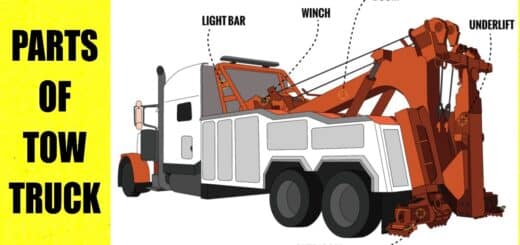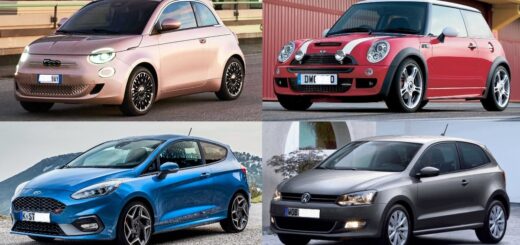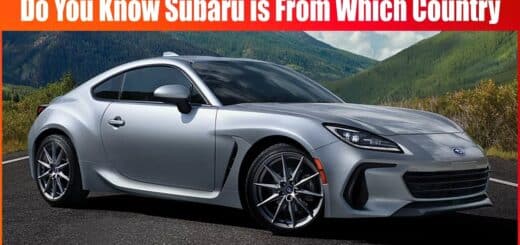20 Types of Airplanes and Their Uses [With Pictures & Names]
![20 Types of Airplanes and Their Uses [With Pictures & Names]](https://engineeringlearn.com/wp-content/uploads/2023/06/Airplanes-1024x539.jpg)
Introduction
20 Types of Airplanes and Their Uses [With Pictures & Names]: – Airplanes were first envisioned thousands of years ago when individuals considered flying for themselves. The airplane has connected and associated the world by making travel easier than at any time in recent memory. Individuals can fly the entirety of the globe in minimal over a day and can visit various countries within a solitary day. The world has never been smaller. Also, till today, the drive to create faster, more proficient airplanes goes on.
What is an Airplane?
Airplanes are one of the most safe and secure forms of transportation in the world. In simple terms, an airplane is a vehicle that has wings and at least one engine and is equipped for moving through the air. Airplanes arrive in various sizes, shapes, and wing configurations. An airplane is a vehicle that has wings and at least one engine and is equipped for traveling through the air. All parts of the airplane are working diligently while the airplane is flying. These airplane parts include the fuselage, engine, tail, wings, landing gear as well as a cockpit.
Airplanes are engineered with aerodynamic rules to have the option to fly. Airplanes take an alternate route by moving with the assistance of the wings and the rudder. An Airplane is balanced by pilots with special training and preparation.
Types of Airplanes
Below we will discuss different types of Airplanes: –
- Turboprop Aircraft
- Light Jets
- Mid-Size Jets
- Jumbo Jets
- Regional Jets
- Piston Aircraft
- Narrow Body Aircraft
- Regional, Short-Haul, Federline Aircraft
- Airbus
- Wide Body Airliners
- Commuter Liners
- Jets
- Concorde
- Tupolev Tu-144
- Fighter Airplanes
- Military Aircraft
- Maritime Patrol Airplanes
- Multi-role Combat Airplanes
- Water Bomber Airplanes
- Transport Airplanes
1. Turboprop Aircraft: ( Types of Airplanes )
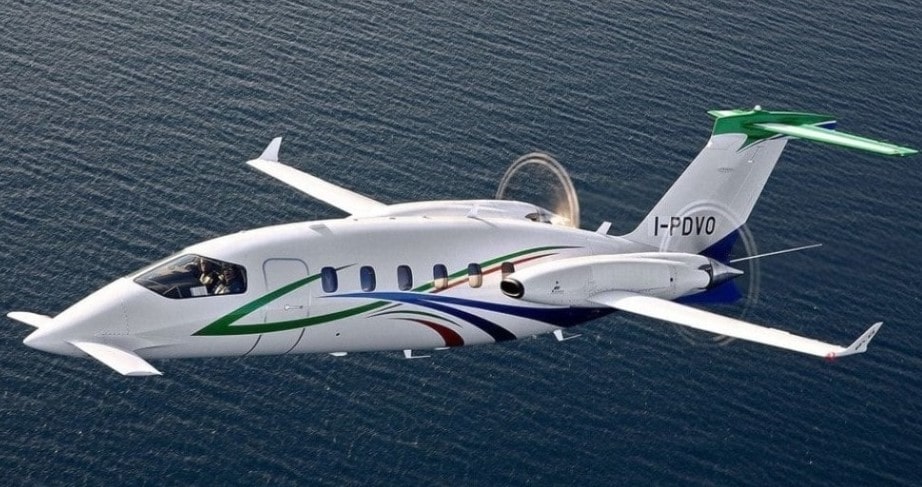
The turboprop airplane has one or more gas turbine engines. Turboprop airplane burns or consume Jet-A fuel, are often larger than Piston-powered airplane, can convey more payload as well as passengers than their Piston-powered partners, and can regularly fly higher than pistons, at heights up to 35,000 feet. Turboprop airplanes are generally a lot greater than the cylinder airplane. They are appropriate for flying for 600 to 1000 miles in a solitary flight, and are a lot less expensive option than private jets.
2. Light Jets: ( Types of Airplanes )
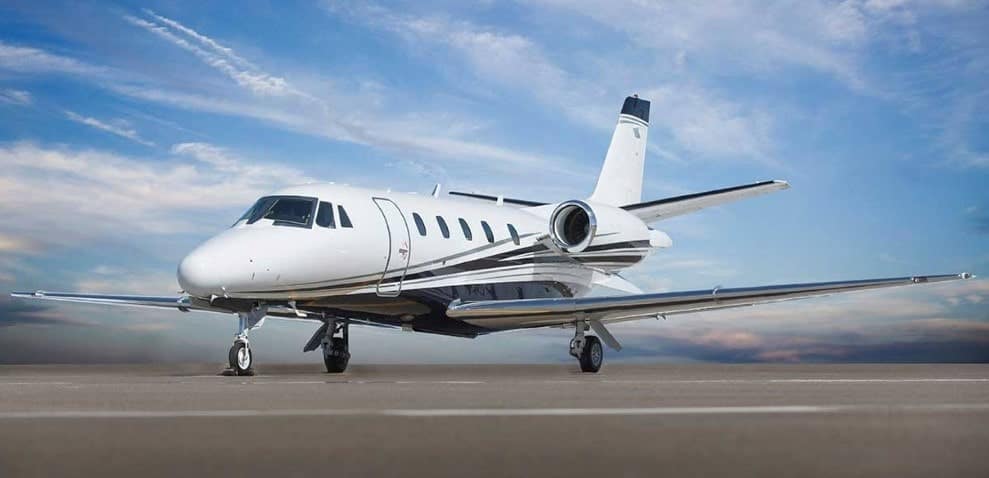
Light Jet planes are the most well-known type of chartered planes among business owners and entrepreneurs. These are in some cases an options for those searching for different types of turboprop airplanes while traveling on a budget. Light jets are mostly cost-effective if you are traveling for small distances and have light luggage. Most of light jet planes don’t have toilets on board and most light planes do.
3. Mid-Size Jets: ( Types of Airplanes )
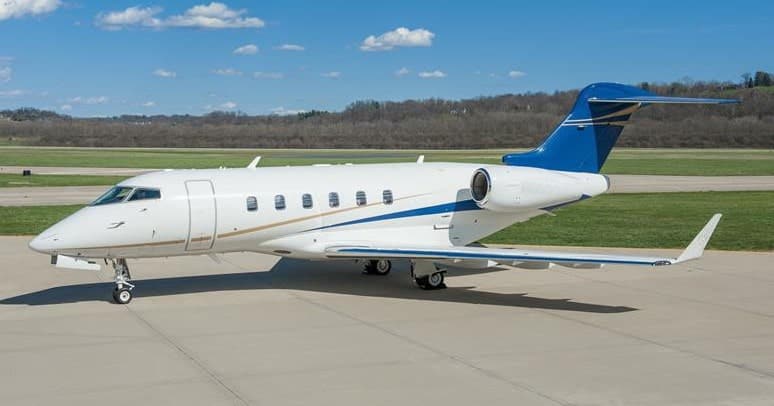
A moderate size fly is somewhat greater than a light fly and has a lot more prominent speed than one. It is a feasible choice for short-take or long-stretch flights. The more modest fair size jets are more effective than bigger ones and are a well-known decision because of their low working expenses. The more than adequate gear compartments, the encased condos, and the full stand-up lodges pursue them an appealing decision for well-off travelers.
4. Jumbo Jets: ( Types of Airplanes )
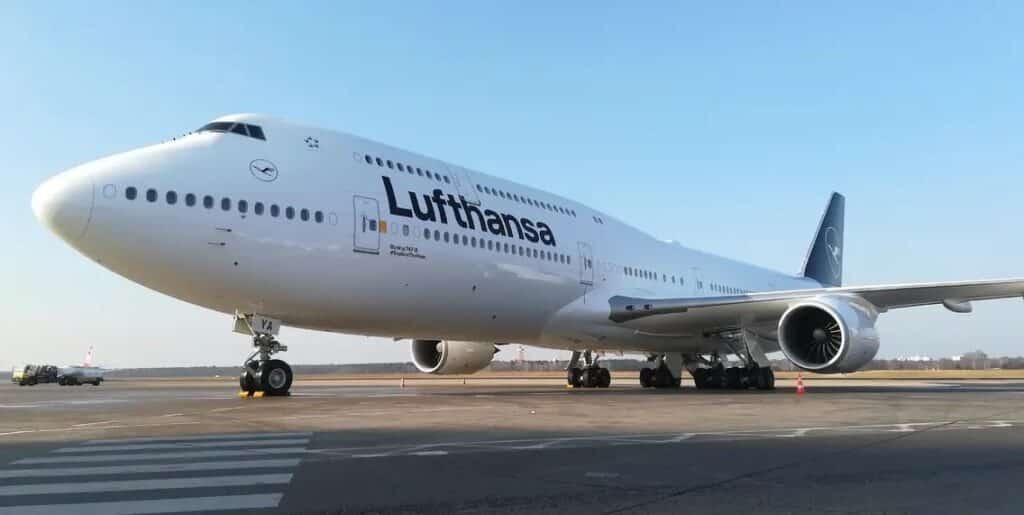
Jumbo jet planes are the ultimate in increased or expanded range and more prominent space. They’re for stringently extended periods and long excursions. There are likewise ultra-long-range planes that serve the VIP charters that offer the greatest possible level of luxury. These luxury private jets are just for the richest and offer a long line of options, for example, top-notch food, entertainment rooms, and so on.
5. Regional Jets: ( Types of Airplanes )
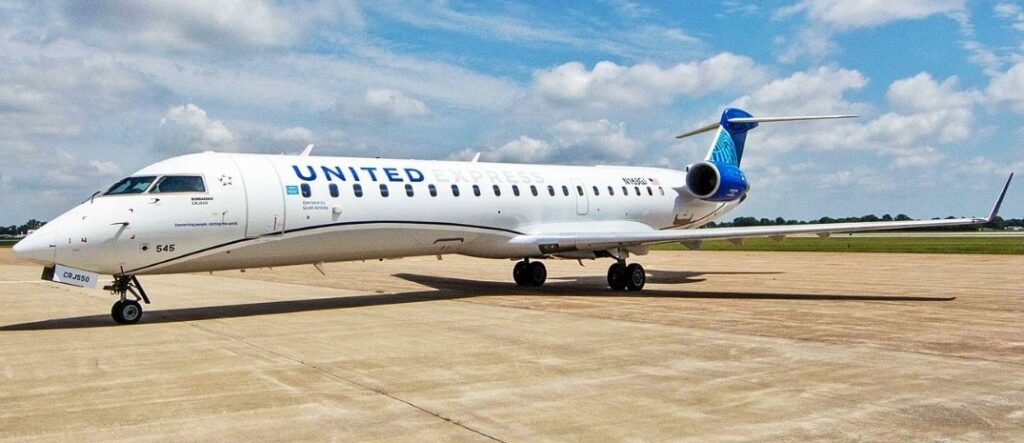
A Regional jet is a jet-powered regional airliner with less than 100 seats. They are likewise called Feeder-liners and commuters since they feed into larger commuter hubs. regional airplanes are usually produced via manufacturers of airplane that specialize and work in making small planes. Hence, their purpose for regional flights, which are in less demand than various flights, regional airplanes are only used for short-haul flights, frequently within a country or a particular area of a continent.
6. Piston Aircraft: ( Types of Airplanes )
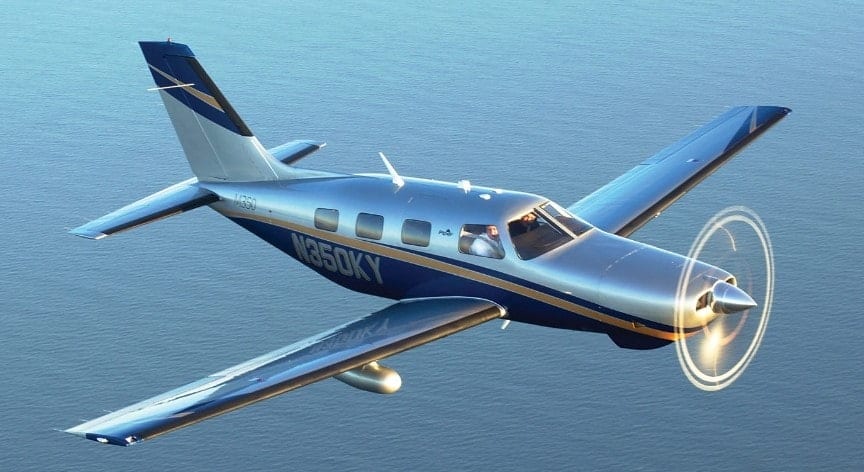
These look like turboprop airplanes yet are much smaller. They have other cylinder-controlled motors that are connected or associated with the propellers. They are appropriate for trips of around 1-2 hours for a limited duration. These are simple flights without a restroom or different amenities, yet they are comfortable and effective. The typical piston airplane can seat around one to six individuals, which seats that are in rows of two. Piston Aircraft are the most economical private air travel solution over distances which are very short.
7. Narrow Body Aircraft: ( Types of Airplanes )
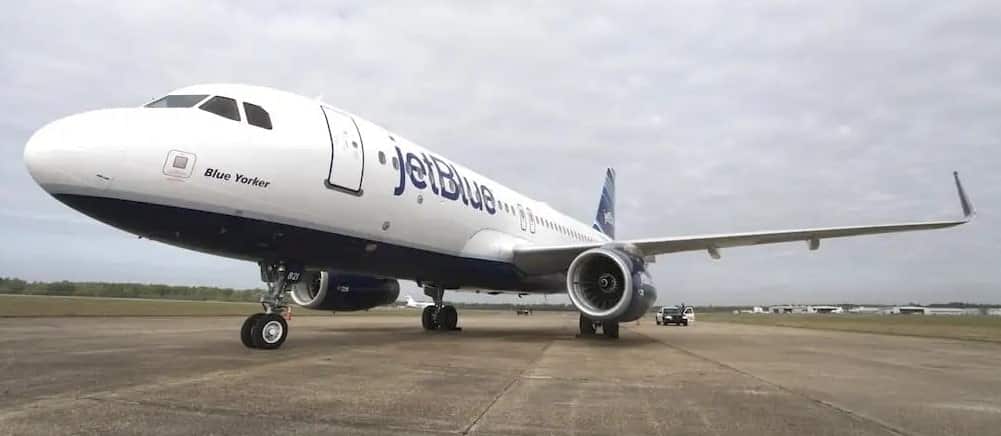
A Narrow-body airplane, otherwise called a solitary-aisle airplane, is a smaller sort of airplane that is frequently used to operate short-haul international flights as well as domestic flights. The size of the fuselage in a narrow or confined plane allows travelers to stand and walk around, yet not with much freedom. There is moreover room for washrooms and for flight attendants to attend to the passengers. Narrow body airplanes make up most of the airplane flying today, aside from the myriad of general aviation airplanes.
8. Regional, Short-Haul, Federline Aircraft: ( Types of Airplanes )
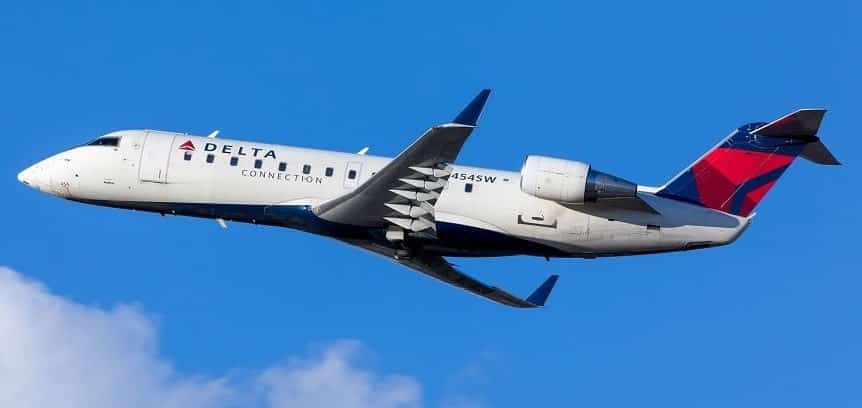
Regional airplanes have seating for around 100 travelers and can be powered or fueled by anything from turbofans to turboprops. These airliners are the smaller, non-mainline counterparts for larger airplanes that are operated by significant carriers. They are utilized to take care of traffic into larger airplane hubs or centers and focus cities.
These routes are normally suited to the size of these smaller airplanes. In this way, the airplane can meet the frequency needs as well as services levels that the customers expect in the marketed product presented by larger or bigger airplanes. Regional airlines are additionally utilized when mall cities feed passengers to hub air terminals as well as the other way around.
9. Airbus: ( Types of Airplanes )
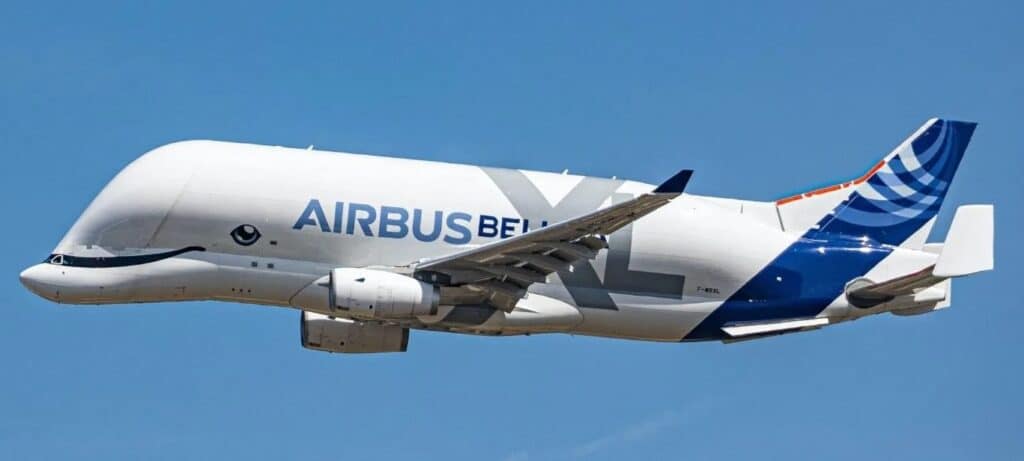
Airbus is a European manufacturer of planes that is registered in the Netherlands however its services are enlisted in different countries like France, Germany, and Spain. The primary Airbus was the A300, and it was the world’s most memorable twin-aisle airplane with twin engines. With an flexible or adaptable cabin that can be configured and designed for an variety of seating options, the A320 seats are normallyfor 140 to 170 travelers and have a certain limit of occupancy.
10. Wide Body Airliners: ( Types of Airplanes )
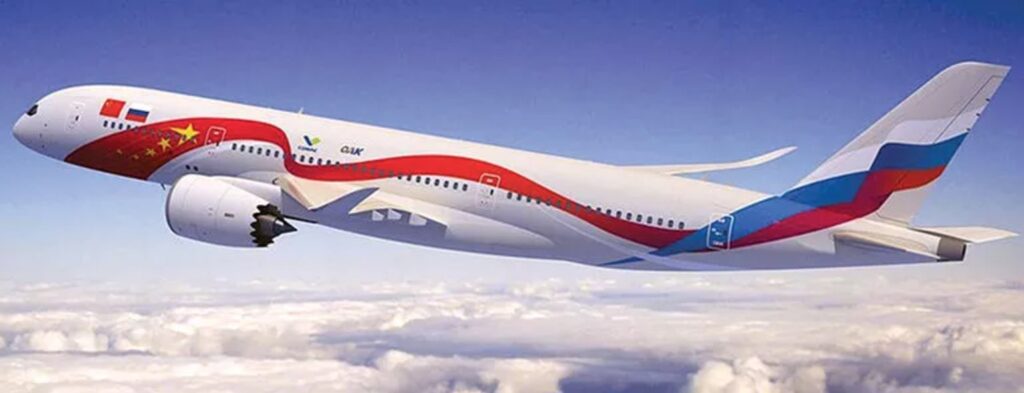
Wide-body airliners permit much more space and movement inside them as suggested by the name itself. The cabin diameter in the plane is almost five to six meters. The passenger flights are by and large comfortable with passengers as they can move around with comfort and there is adequate space to accommodate at least two passengers passageways. There are maximum of eleven seats abreast.
The largest wide-body jets are just about 6 meters wide and accommodate significantly more passengers. Wide body airliners are utilized both in commercial passenger flights as well as freight services by many airliners around the world.
11. Commuter Liners: ( Types of Airplanes )

These are extremely light airplanes and must be utilized for short hauls. They are called air taxis or maneuvers, feeder liners, and so on. These names rely upon the size of the airplane and how they’re promoted. It is classified as a commuter airplane, yet just in specific situations, for example, when not subject to guidelines are applied to larger airplanes. These airplanes are utilized within cities that are small as they are utilized for short-haul and can carry just 19 passengers. To make things economical the older airplane were made as commuter airplanes.
12. Jets: ( Types of Airplanes )
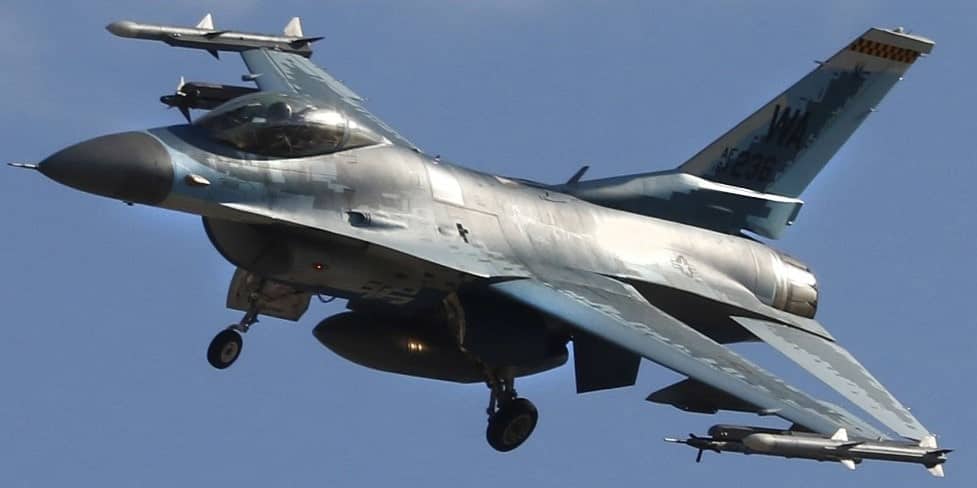
Jet planes are referred to for their speed and power when compared with normal airplanes. They accomplish maximum at high speeds and thus might go supersonic (faster than the speed of sound). The Jet airplanes can typically go at around Mach 0.8 (609 miles each hour).
13. Concorde: ( Types of Airplanes )
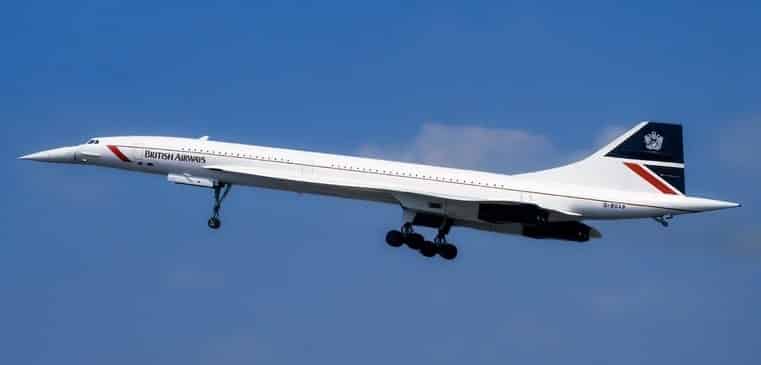
This is undeniably one of the most iconic planes ever. It was amazing for its speed, the sound it made while flying over cities and towns, its iconic pointed nose design, and the extravagance and lavishness that it represented. Anyway, it is as of now not functional or operational due to its shortcoming and the thunderous sound that it created when it flew over communities. It could travel up to two times the speed of sound (1,354 miles each hour) and could seat nearly 92 to 128 passengers all at once.
14. Tupolev Tu-144: ( Types of Airplanes )
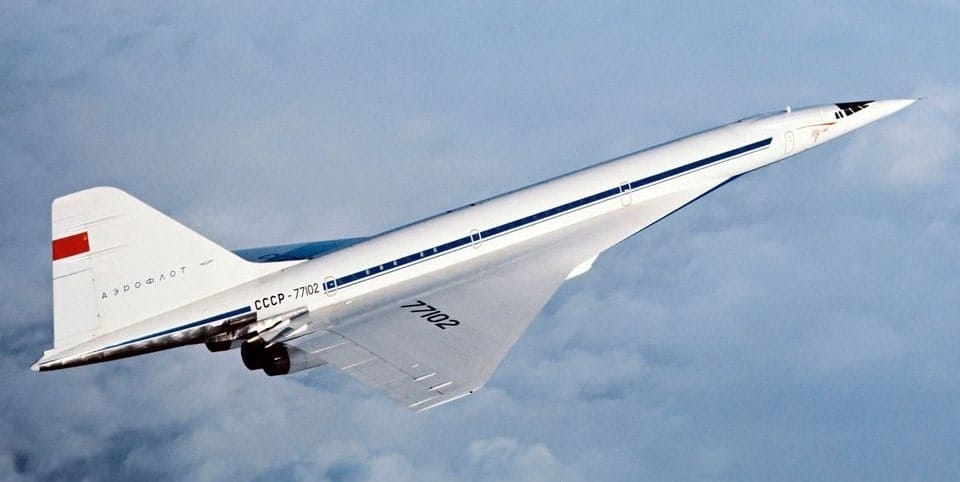
The Tupolev, however not generally so famous as the Concorde, was one of the two supersonic airplanes that were operational in history. The business introduction of the airliner was in November 1977. It could fly at a maximum speed of 1200 miles per hour, nearly as fast as the Concorde. It face comparative issues as the Concorde in action, since it was inefficient and without any profit. Nonetheless, it was utilized by the space program to provide training to pilots of the Buran spacecraft. It was additionally utilized by NASA for supersonic exploration at their national facilities.
15. Fighter Airplanes: ( Types of Airplanes )
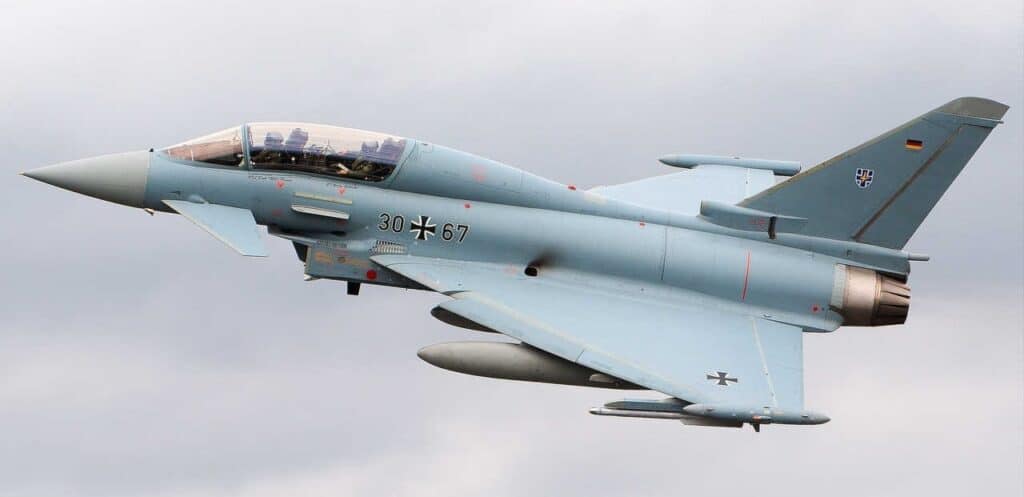
The essential role of warrior fighter planes is to destroy or obliterate the enemy airplane in aerial battle. It is one of the most widely recognized airplane types that is utilized for combat. These are implied explicitly for defensive and offensive missions either to attack the enemy or engage in defensive techniques. They are equipped for carrying a great deal of weapons including cannons, guided missiles, bombs, machine guns, and rockets.
16. Military Aircraft: ( Types of Airplanes )

Military Airplane implies airplane in the military services of the armed forces and that include any airplane that is commanded by a member from the armed forces throughout the course of his duties as such a member. This could include a noncombatant airplane, a marine or naval airplane, or that having a belonging to the airforce. This could be intended for surveillance, an attack, or transport.
17. Maritime Patrol Airplanes: ( Types of Airplanes )
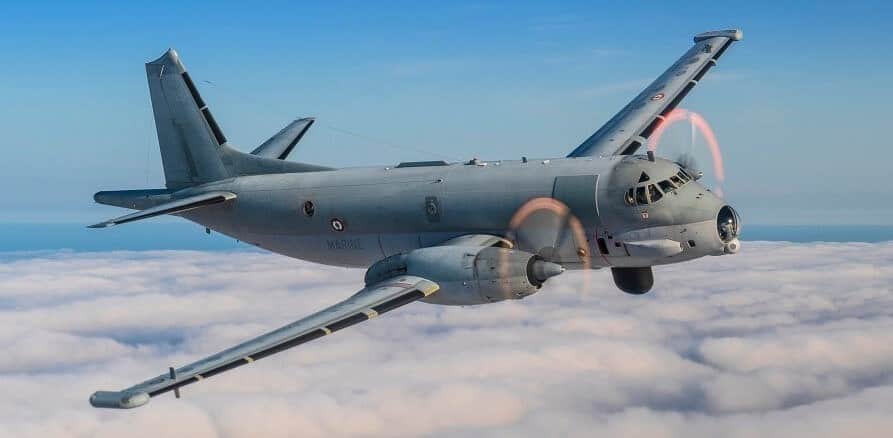
A Maritime patrol airplane is a fixed-wing airplane for the military that is designed for long-haul operations over water. It is utilized to patrol submarines, and ships, and for rescue operations. It began as a patrol airplane that was explicitly chosen to patrol over waters, and afterward, it carved out its own niche. Some well-known Maritime patrol airplanes include Boeing P-8 Poseidon, and Boeing 737-800.
18. Multi-role Combat Airplanes: ( Types of Airplanes )

A aircraft which intended to perform different roles in combat is known as a multi-role combat. Subsequently, they can be used for different missions assuming they are chosen for that mission. Modern fighters are ‘multi-role’, meaning they can attack airborne or on surface targets. They are likewise capable of performing the air prevalence mission which demands incredibly superior execution. A model is the F-15E Strike Bird and the F/A-18 Hornet are some of its examples.
19. Water Bomber Airplanes: ( Types of Airplanes )
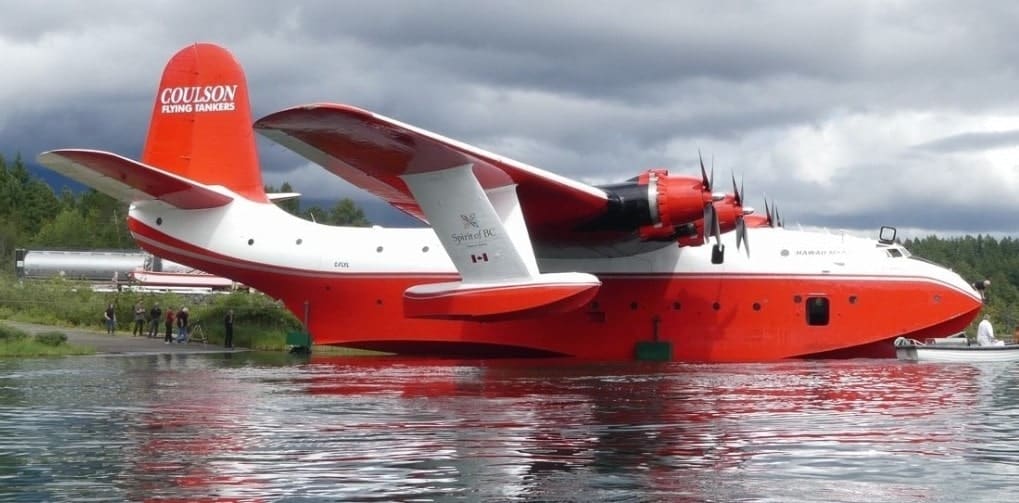
Water Bomber Planes are normally larger, heavier, and less maneuverable than fighter planes. Water bomber airplane operators for the most part fill these tanks on the ground. They can carry bombs, torpedoes, and atomic bombs to deliver utilizing gravity, and they can likewise carry cruise missiles. The most well-known example of a water bomber plane is the B-52 which dropped the very first atomic bomb utilized in a war on Hiroshima in 1945.
20. Transport Airplanes: ( Types of Airplanes )
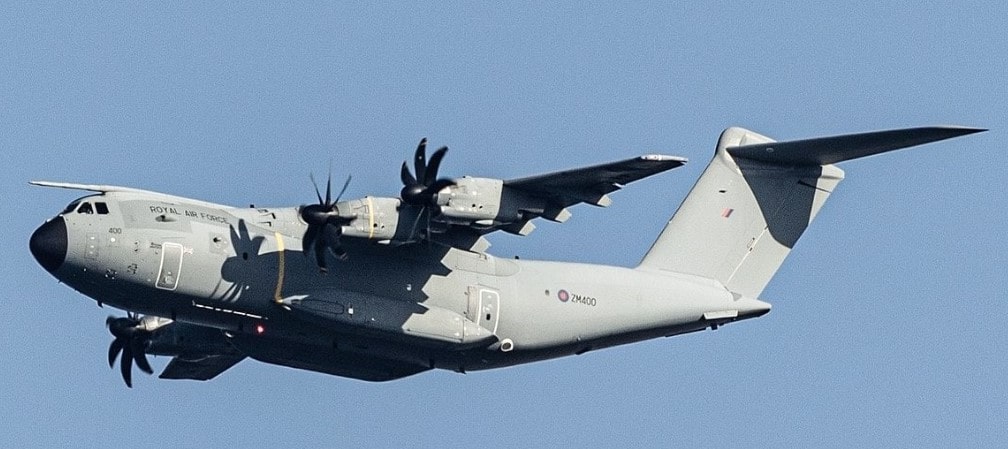
Military transport airplanes are utilized most importantly for the transportation of troops and to supply food and ammunition for war. They can be utilized for freight drops as long as the freight is attached to pallets, which can be loaded easily and secured for flights. The Freight can likewise be discharged from flying airplanes on parachutes.
Conclusion
The number of planes present today and what they can solely do is astonishing. There are so many things that can be accomplished with airplanes, the first being traveling or voyaging from one side of the world to the other, associating and connecting with people in matter of hours, which is really mind -boggling. Engineers figure out what materials an airplane will be built or worked from by working out on a portion of the factors, including the dimensions of planes, for what reason they should be built, and so on. An airplane’s purpose particularly shapes the frame and the body. A huge responsibility pilots take on is ensuring all airplane components are in excellent condition prior to setting out on their flight journey.
